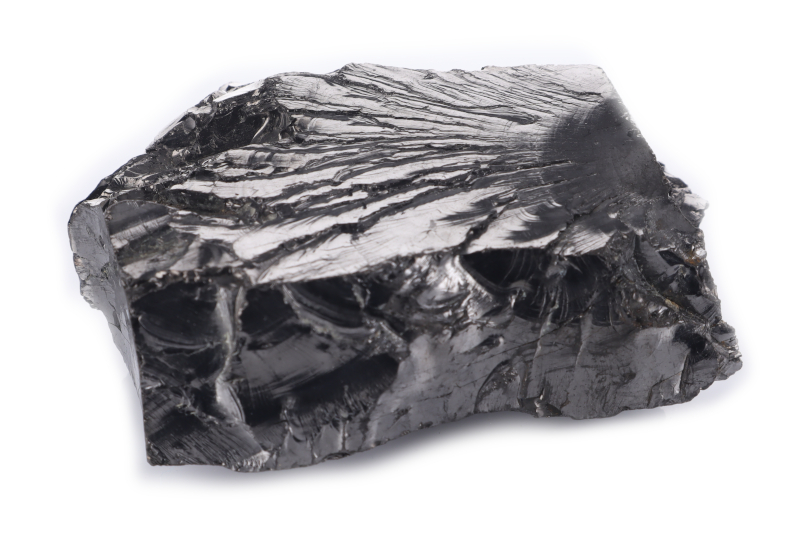Scientific Papers
Local structure and paramagnetic properties of the nanostructured carbonaceous material Shungite
Another very interesting scientific paper;
Abstract :
Using scanning electron microscopy, elemental analysis, electron paramagnetic resonance, and Raman scattering
methods, two types of shungite materials (Sh-II from Zazhogino deposit and shungite from a commercial filter
(ShF)), with different carbon content and porosity, are studied in this work. It was established by scanning electron
microscopy data that the structure of the shungite samples is formed by a micron-size agglomeration of carbon and
silicon dioxide clusters. It is found from the Raman data that carbon fraction is formed from sp2
-hybridized clusters, the size of which increases from 9 to 12 nm after annealing the samples. The high conductivity of shungite belongs
to the carbon nanoclusters of different sizes. Big clusters give the conduction electron spin resonance signal with
a Dysonian line shape with variable g-factor and line width.
The careful search of the nature of two other narrow electron paramagnetic resonance signals in shungite, which
used to be prescribed to fullerene-like molecules, is fulfilled. Here, it is shown that the oxygen-deficient E’γ centres
are responsible for these signals. A strong correlation is revealed between the concentration of Е.’
γ centres and the line
width of conduction electron spin resonance signal, which occurs under the annealing process of the samples at T = 570 K.
The correlation reasons are a spin-spin coupling between two spin subsystems and the time dependence of the Е’γ
concentration during the annealing process.
Keywords: Shungite; Nanostructured carbonaceous material; Electronic properties; Oxygen-deficient E’γ centres
PACS: 81.05.U-; 76.30.-v; 73.61.Ph
The full paper can be read at this link :
https://www.dropbox.com/s/egbtedyvclpe49o/Local%20structure.pdf?dl=0





